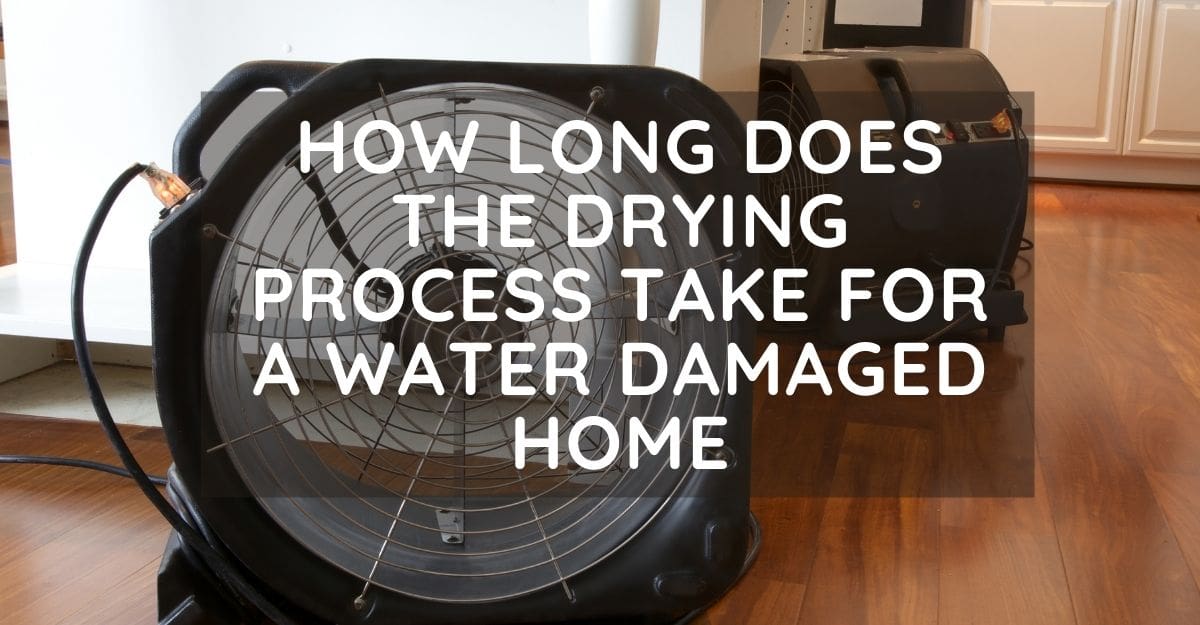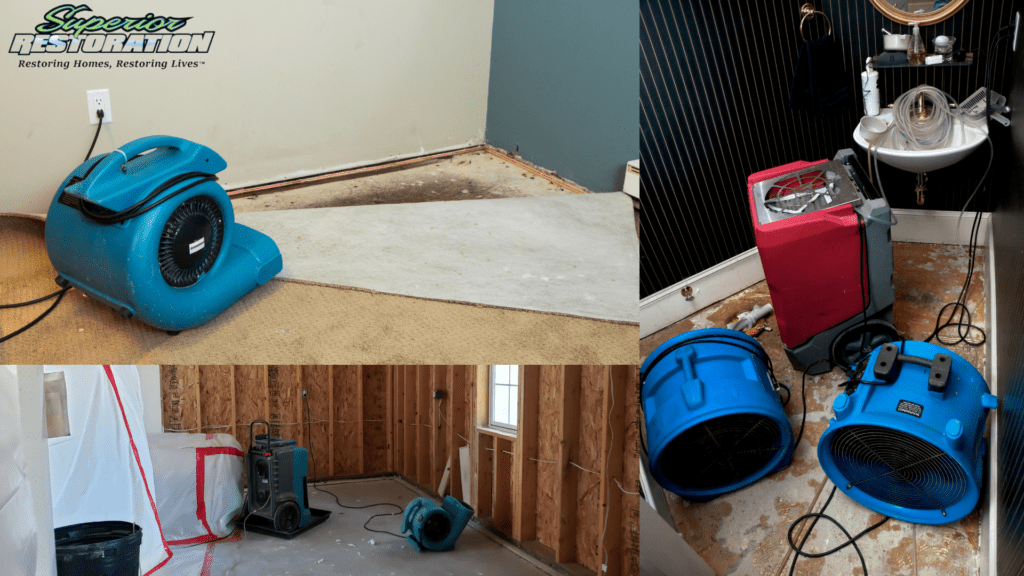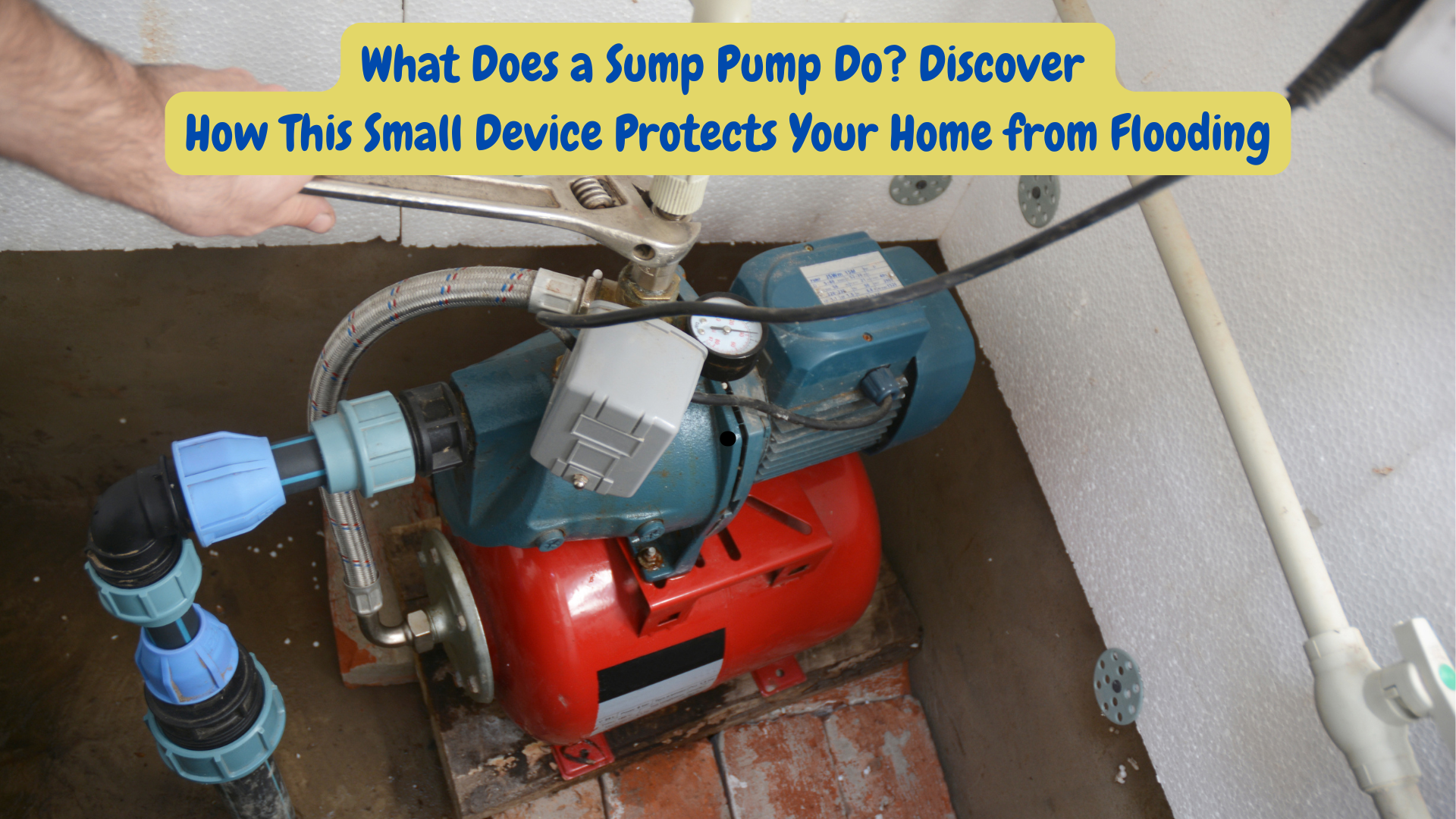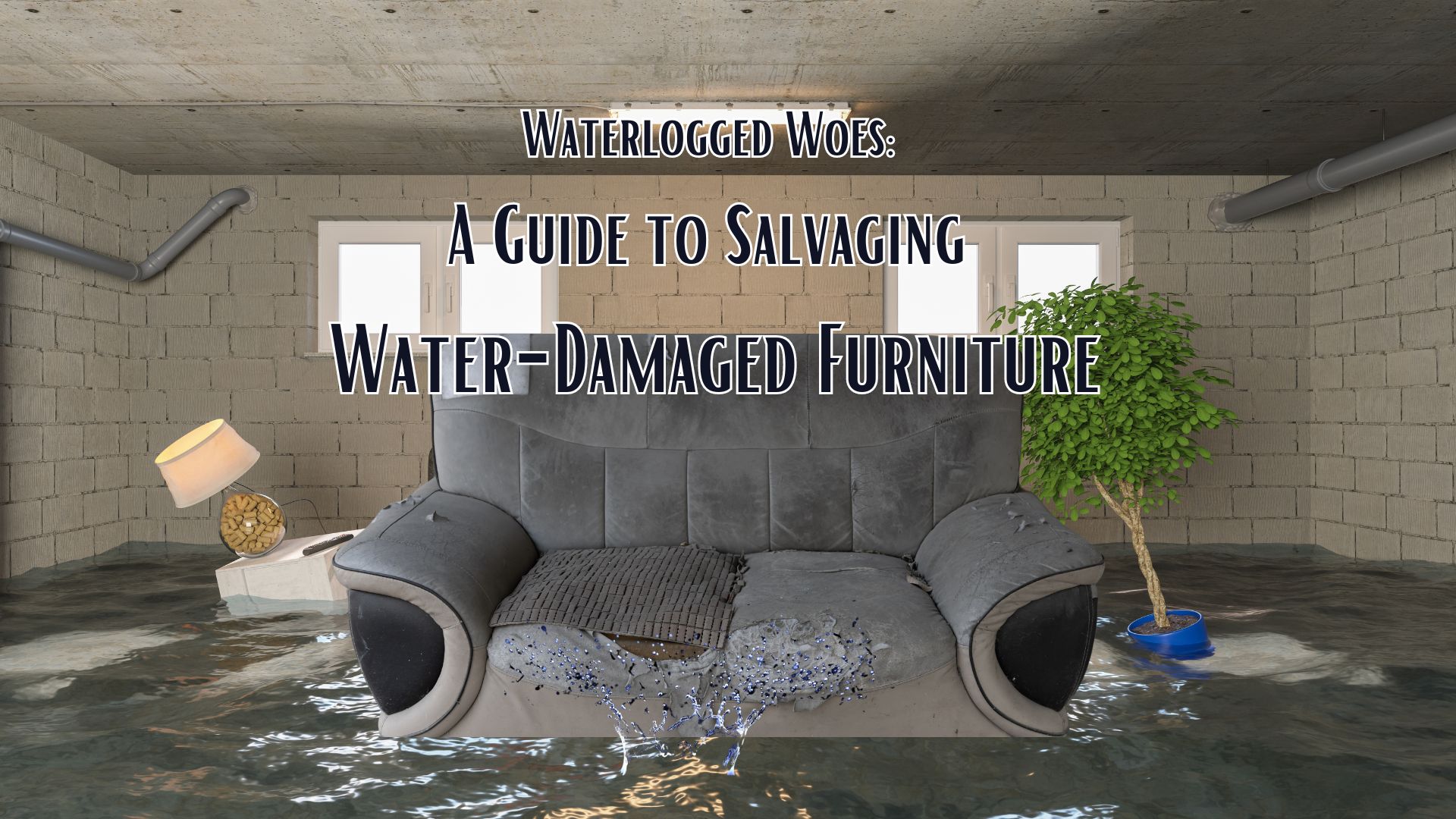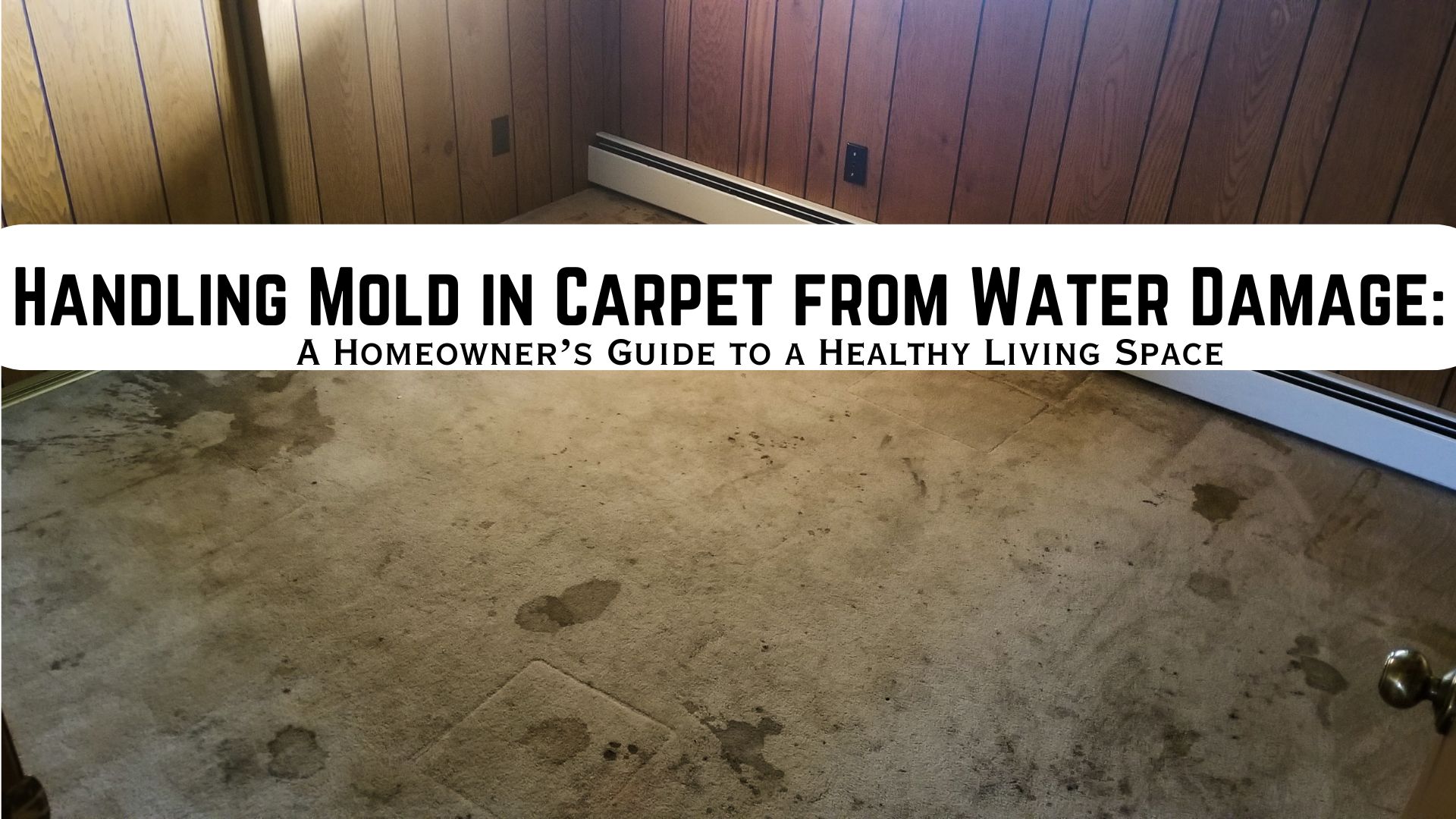It is essential to dry out a water-damaged home immediately.
Water damage can be one of the most terrible disasters that can attack your home, creating serious property damage, and ruining many of your personal belongings. Because of its destructive effects, it is important to take action immediately. Water damage is very time-sensitive. The longer the water stays in your property, the more likely you will have to deal with significant damage. Thus, after finding and fixing the source of the problem, extract any standing water, and begin the drying process.
The drying process in water damage restoration is the most critical step and often the longest, especially if your home sustains significant damage. And as a homeowner, getting your life back to normal would be your concern and you might have this one important question in your head, how long does the drying process take for my water-damaged home?
In this article, we will help you understand how much time is needed for the drying process of your home and some of the drying methods you can use.
How Long Does It Take To Dry Out A Water-Damaged Home?
Unfortunately, there is no exact estimate of how long the drying process would take. But, in general, a water-damaged home can dry out for around 5 days. In some cases, it would take as little as two days, and other times it takes several weeks to dry out a home. There are several things to consider when determining the amount of time for drying out a home.
Factors To Consider When Trying To Figure Out the Drying Time
The Amount of Water That Has Affected Your Home
One of the factors to consider when determining the drying time is how much water has leaked or come into contact with your home. The more water there is the longer will it take to dry out your property. If you are dealing with a few inches of water, it is pretty quick to pump it out. But, if there are about 4 feet of standing water in the entire downstairs of your room, that can take hours to days to dry out your home.
The Source of Water
You might have heard of it, that not all types of water damage are the same. This goes with the type of water that has affected your home. A water-damaged home due to a burst pipe or localized rain is easier to clean up and dry out than a home that floods due to sewage backup or overflowing water from rivers or lakes. The latter one is dirty and might contain contaminants making it harder and longer for a home to dry out.
The Damaged Materials
The type of materials involved in the water damage can also have a factor in the drying time. Carpet and other upholstery materials can take longer to deal with than items made of plastic and metal. Furthermore, you also have to consider the building materials that have been affected. Drywall and wood floors are harder to dry out than walls made of stone.
Take into account, as well, the water that has affected these materials. For instance, if it is clean water that came into contact with your carpeting, then you just need to dry it out. Though, there is still a possibility that mold will grow in the materials if the process takes a long time. For water damage that involves dirty water, expect that there is a lot of work needed. Your carpet needs to be pulled out and thoroughly cleaned. All these steps can lengthen the drying time.
The Drying Equipment
The type of drying equipment you use can make a world of difference. Using an ordinary fan can take longer to dry out your water-damaged basement than using a high-volume fan and dehumidifier. Furthermore, the more drying equipment you use, the quicker you can dry out your home. That is why hiring a professional water damage restoration company can be beneficial. They use the most advanced and efficient equipment for drying out water-damaged homes.
How Do You Dry Out A Water-Damaged Home?
There are three methods of drying your water-damaged home. In an ideal situation, a combination of the three methods is used to thoroughly dry out your home and to help reduce the drying time.
- Fans – fans are an effective way to dry water-damaged areas because they can help with air circulation, which is necessary for eliminating moisture. However, it can be dangerous if there is the presence of mold. That is because the forceful air that is applied can allow mold spores to spread in other areas of your home. Thus, before using this method, it is recommended to have your home inspected first for mold growth.
- Dehumidifying – Dehumidification is the process of removing moisture from the air and surrounding materials in the affected area. This method is used in larger spaces with high priority. It is also the most effective and quickest method of drying a water-damaged home.
- Air Drying– This technique is a simple and easy process as this often includes opening windows and exterior doors to help improve air circulation. However, it is only efficient for small spaces and does not apply to places with high levels of humidity. It is effective in a dry or sunny season where the heat of the sun, without humidity, can dry out an affected area.
Need Help? Contact Professionals At Superior Restoration
Water damage is a stressful disaster to deal with and you have to be very quick in taking actions to prevent worsening the problem. But in most cases, drying out a water-damaged home is often tricky and challenging. Even if you think or feel that everything has dried out, water damage could still be there. It could be somewhere behind your walls or underneath the floors. If you are unsure, don’t hesitate to contact professionals at Superior Restoration. We are here to help. Our technicians are fully equipped with the most advanced equipment and methods to thoroughly dry out your water-damaged home.
If you need help drying out and restoring your water-damaged home, call us today. We are available 24/7.

